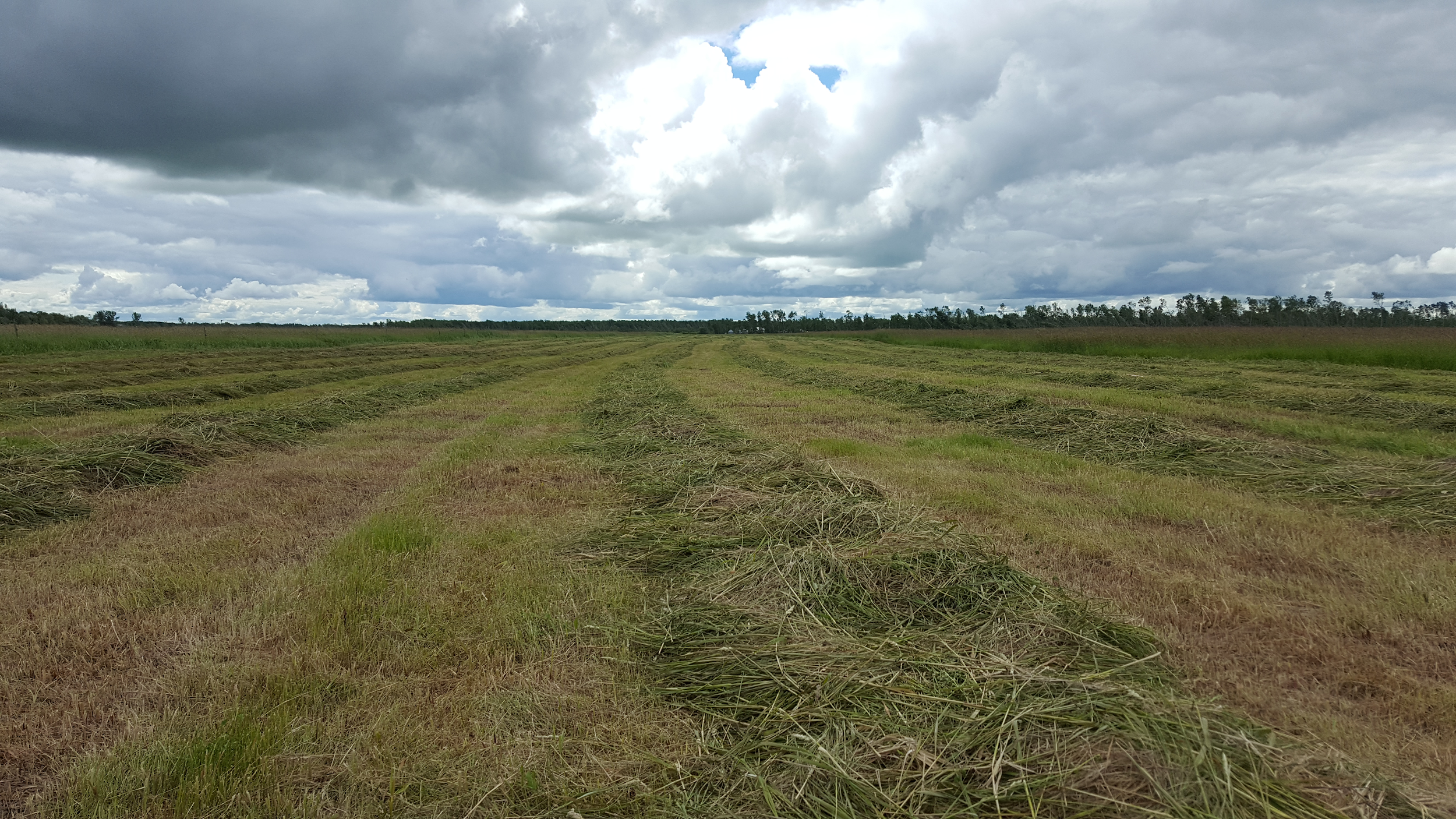They Have Agronomists In Canada Too
This week we’re going to hear from Luc Bernard, all the way from Canada. Luc is the second of the up and coming agronomists featured in Week 35 of the Ag 101 52 Weeks of Agronomy Series.
I meant him on Instagram as well as Jordyn from last week. I posted on social media the following graphic
Luc replied with “My soil prof always told us soil is sexy!”
Not that I disagree with Luc and his professor. However, I find far too often people focus on the ‘sexy’ part of the soil and not the actual management of it. I’ve said often that soil health is the overall concept, but soil fertility is where the real magic happens. That is where you take a soil beyond being sexy and make it profitable.
Since Luc was one of the first to comment on the post, I reached out to him to get his take on soil health vs. soil fertility.
Here’s what he had to say-
When Monica asked me earlier this week for my thoughts on soil fertility vs. soil health, I was not sure where to start. However, during my never-ending commutes between fields, it all came together.
First off, my name is Luc Bernard, and I work for 4R agronomy in the Southwestern region of Manitoba, Canada’s slough as I like to think of it. Much of the waterways in the Canadian prairies feed our watersheds, which includes around 110,000 lakes (yes, you read that right).
Our focus is on crop planning, fertility planning, and in-season scouting. Our clients grow wheat, barley, oats, rye, alfalfa, canola, soybeans, corn, dry beans, peas, and quinoa. I am also a partner in the family farm, where we use a cell grazing system to run 180 cow/calf pairs and grasser calves.
Alas, we can talk about soil fertility and soil health. Here when I see that statement, it can be complementary, but also exclusive. Fertile soils can be healthy, healthy soils can be fertile (duh), but healthy soils can be infertile, and all of the above can be unhealthy.
I’ll be real quick about soil fertility, five steps:
1. test your soils
2. Plan your fertility specifically for the next crop
3. Fertilize appropriately
4. Don’t guess too much (it’s too expensive)
5. Profit!
Now let’s move on to soil health. In a parsimonious way, healthy soil is one that can grow a profitable crop. Plain and simple. When we see plain black dirt all growing season, there's a problem.
Like, I mean, even weeds should be able to grow there! Here are a few unhealthy symptoms that we deal with in our soils.
Compaction is an unhealthy characteristic that we often stumble upon on broadacre agriculture, as heavy machinery often passes over the same areas over and over again. Tillage can only go so far to break up the compacted soil, and that creates a hard pan below the tillage layer. This prevents roots from penetrating into moisture on dry years and prevents water from infiltrating on a wet year. This limits our yield potential and essentially wastes every input you apply to those acres. Potential solutions involve deep tilling the hardpan or planting tillage radishes to break the hardpan and increase porosity. Some producers have also adopted CTF (or controlled traffic farming), where you strictly stay within the same wheel tracks. I mean, everything stays in the same track. Seeder, sprayer, combine, grain cart, everything. In fine soils, this can pay dividends.
Salinity is another issue we deal with in our soils. Often farmers wrongly perceive this as a soil problem when it’s a water problem. We get lots of water here during wet years, and it usually drains poorly in localized areas, this water often carries salts, and it leeches and settles into those areas. Most crops tend to be sensitive to high salt levels; this tends to stunt them or prevent them from establishing altogether. This often allows salt tolerant (and quite herbicide-tough) weeds like kochia to establish and become a problem. Solutions to this include tile draining those areas to let the water to move without settling in and evaporating. In dry years, the salt levels only become higher as there isn't any moisture to “water it down.” Some crops like canola or barley can handle some salinity. We often seed problem areas into saline tolerant forages so we can slowly harvest the salts in the form of hay.
The cheapest way to deal with salinity - put it in hay
Wind and water erosion, as well as herbicide residues, are other symptoms of unhealthy soil. These can also be caused or exacerbated by the amount of moisture a field receives (or does not receive). Keeping tillage to only when necessary, same as herbicide applications help mitigate this. Robust crop rotation helps as well.








